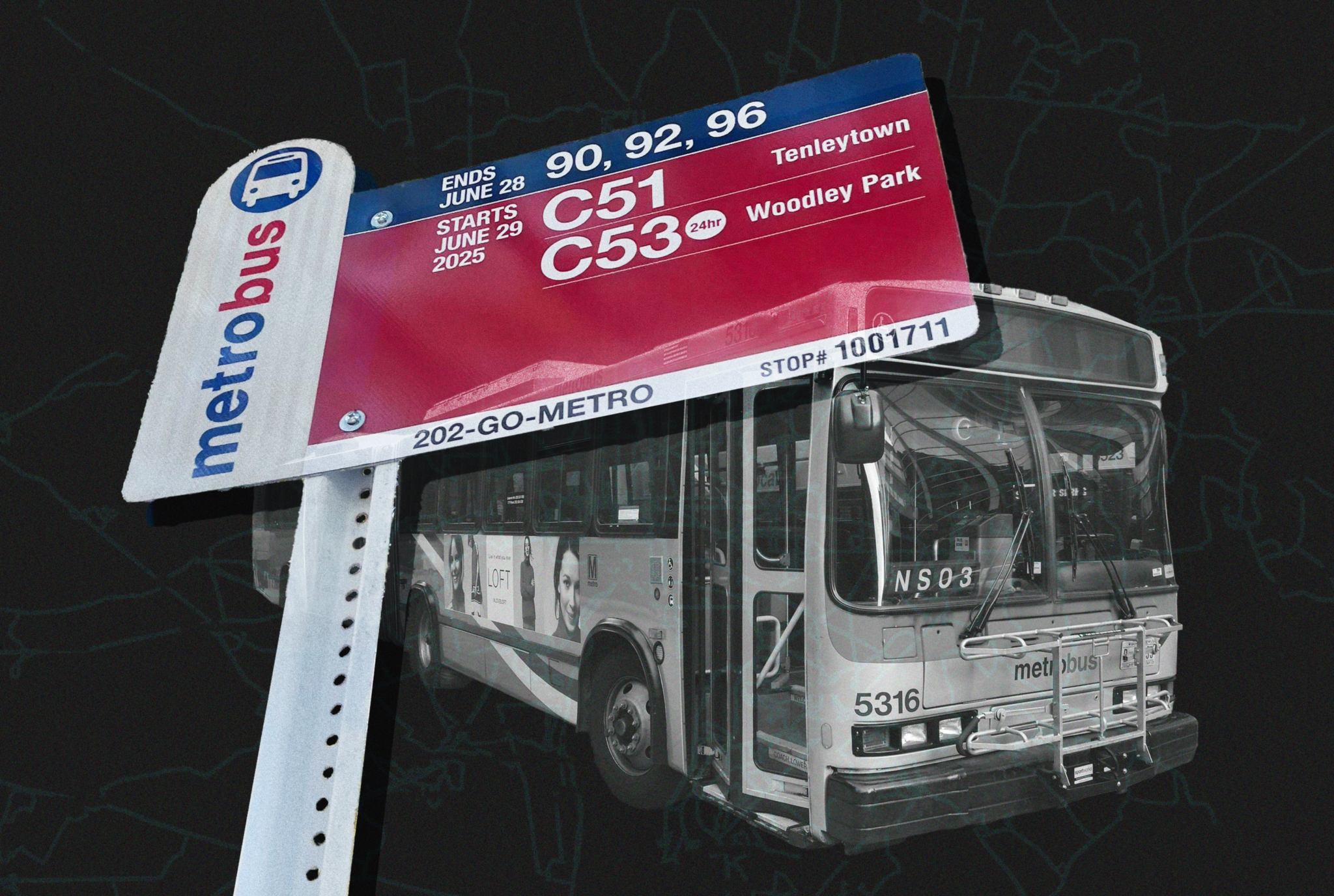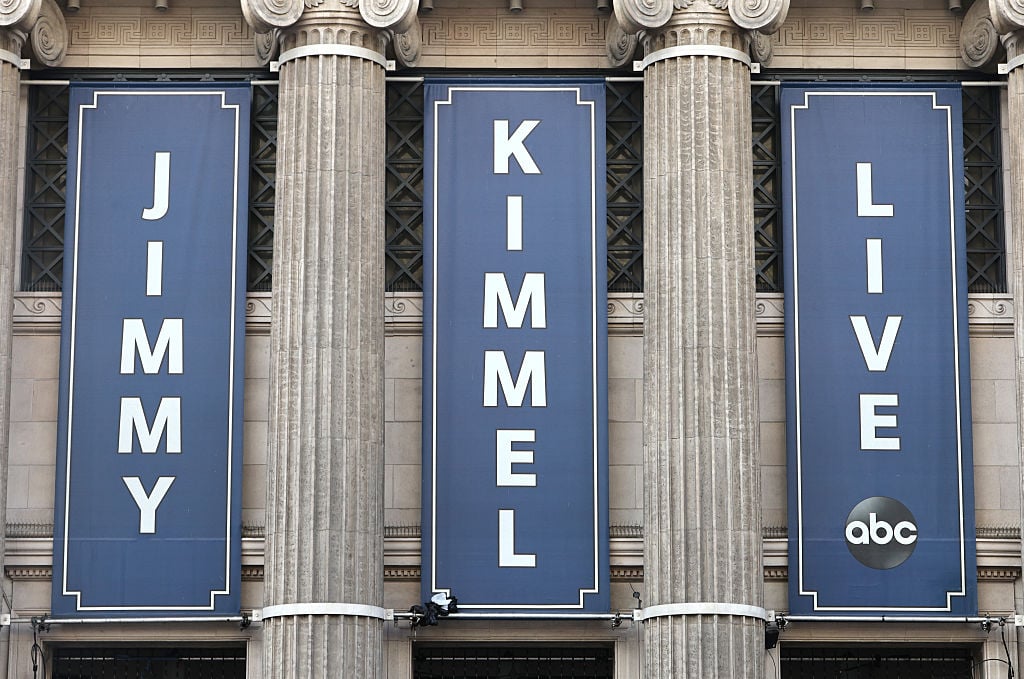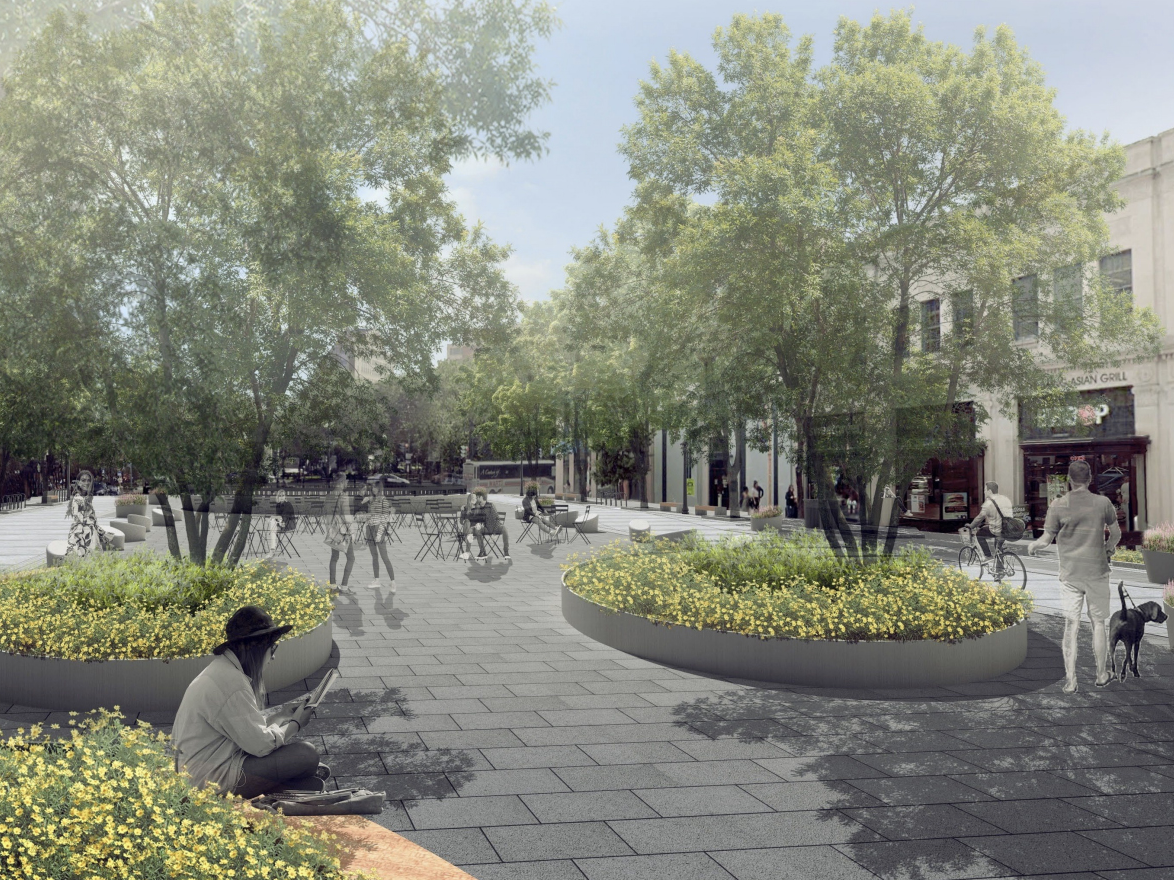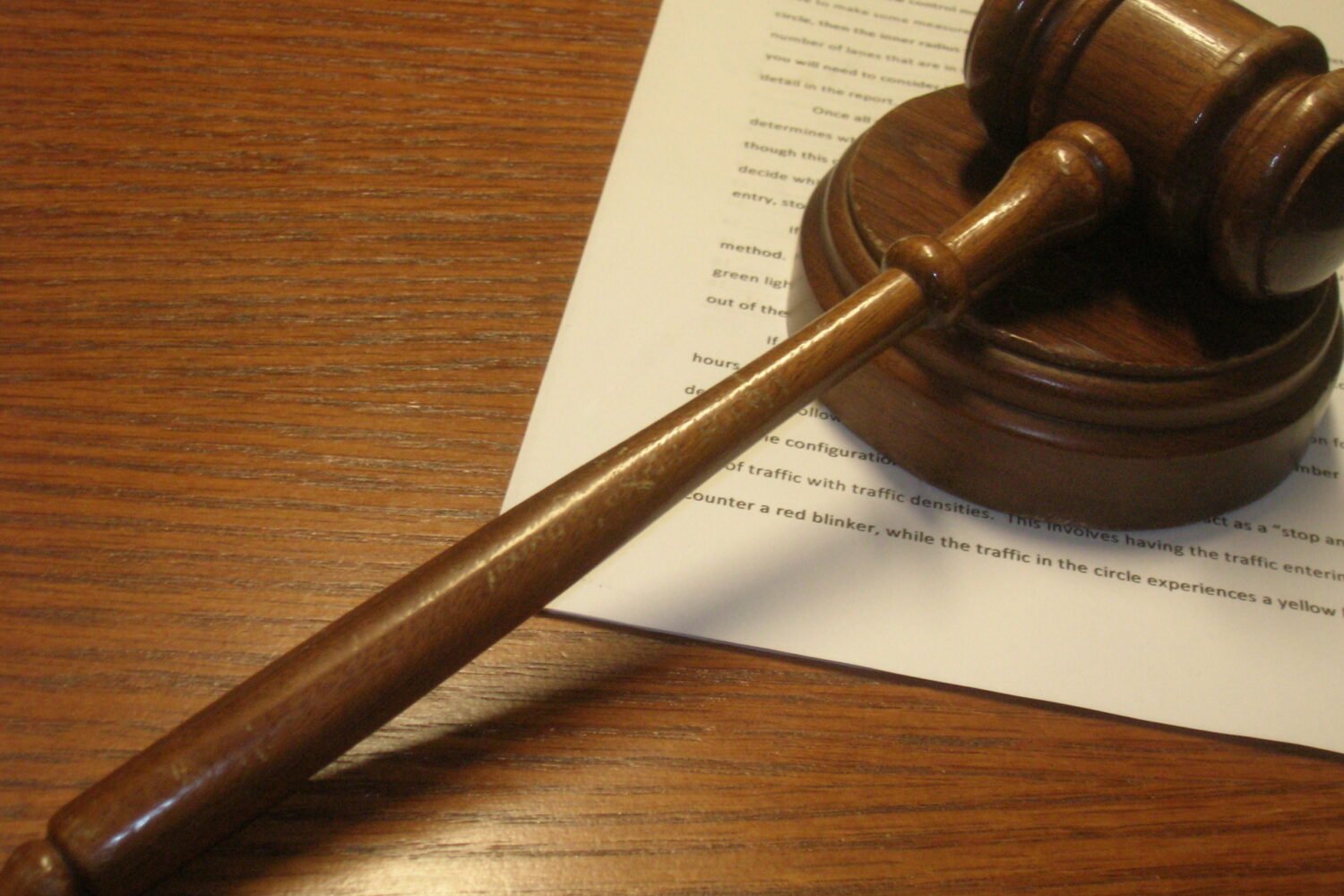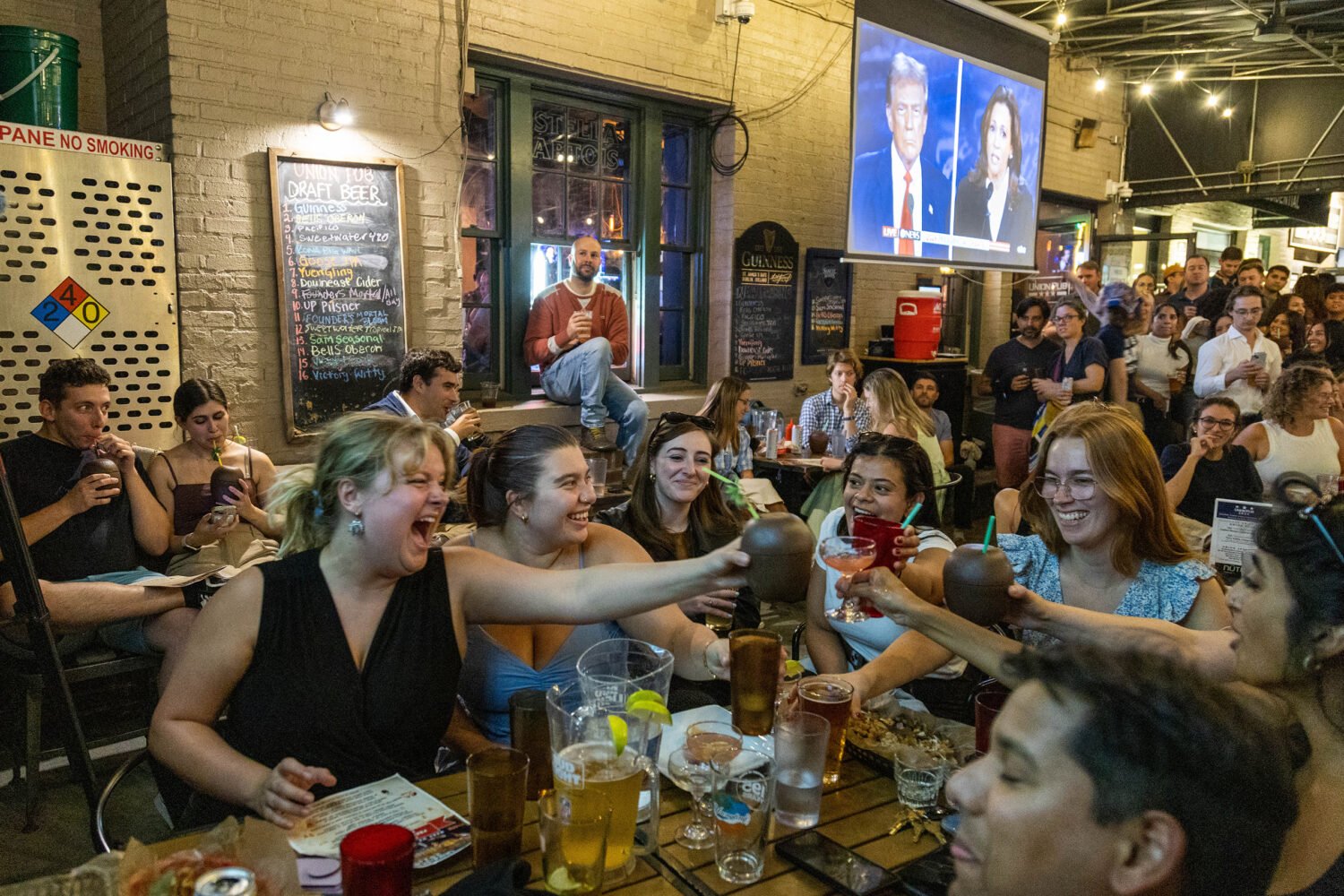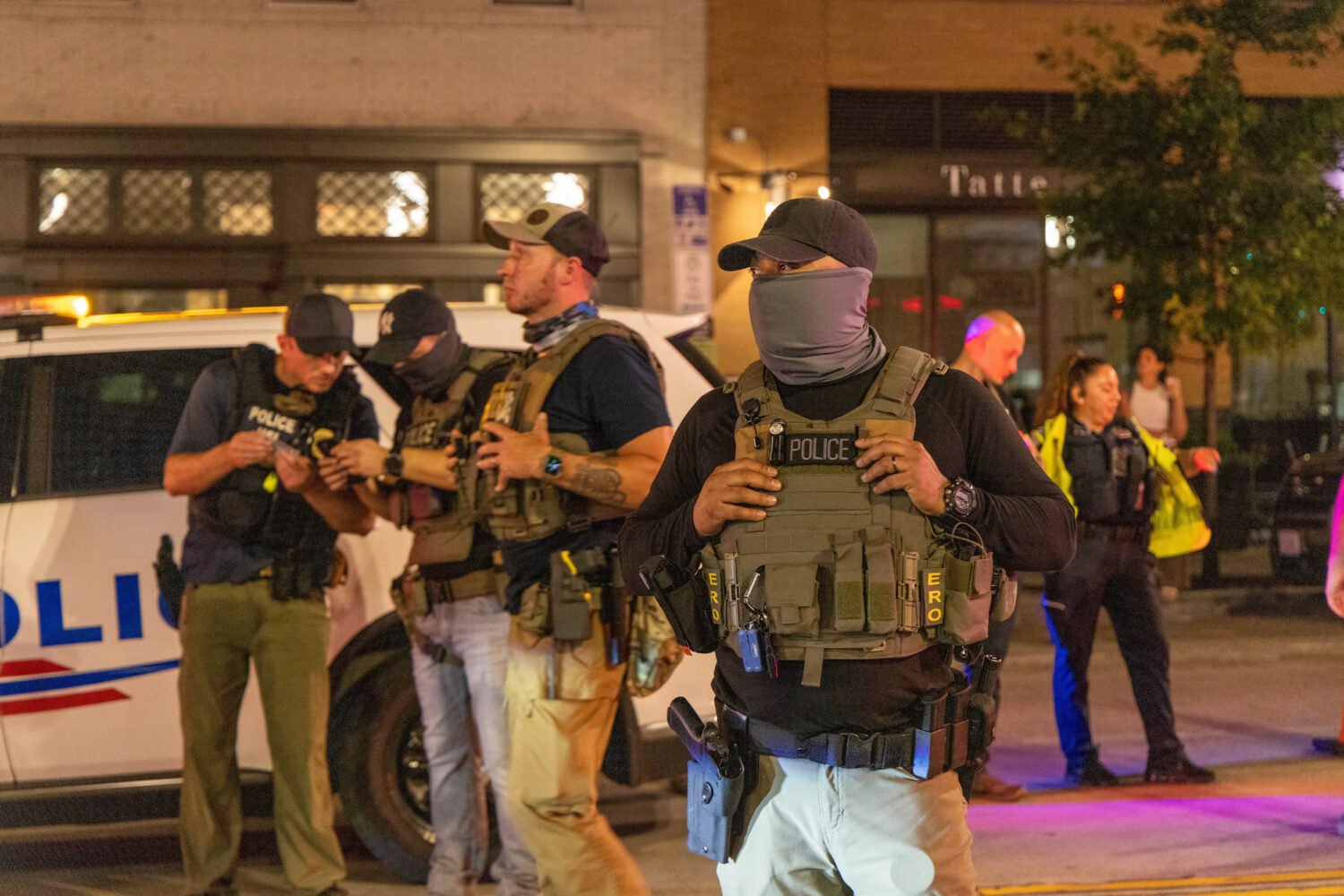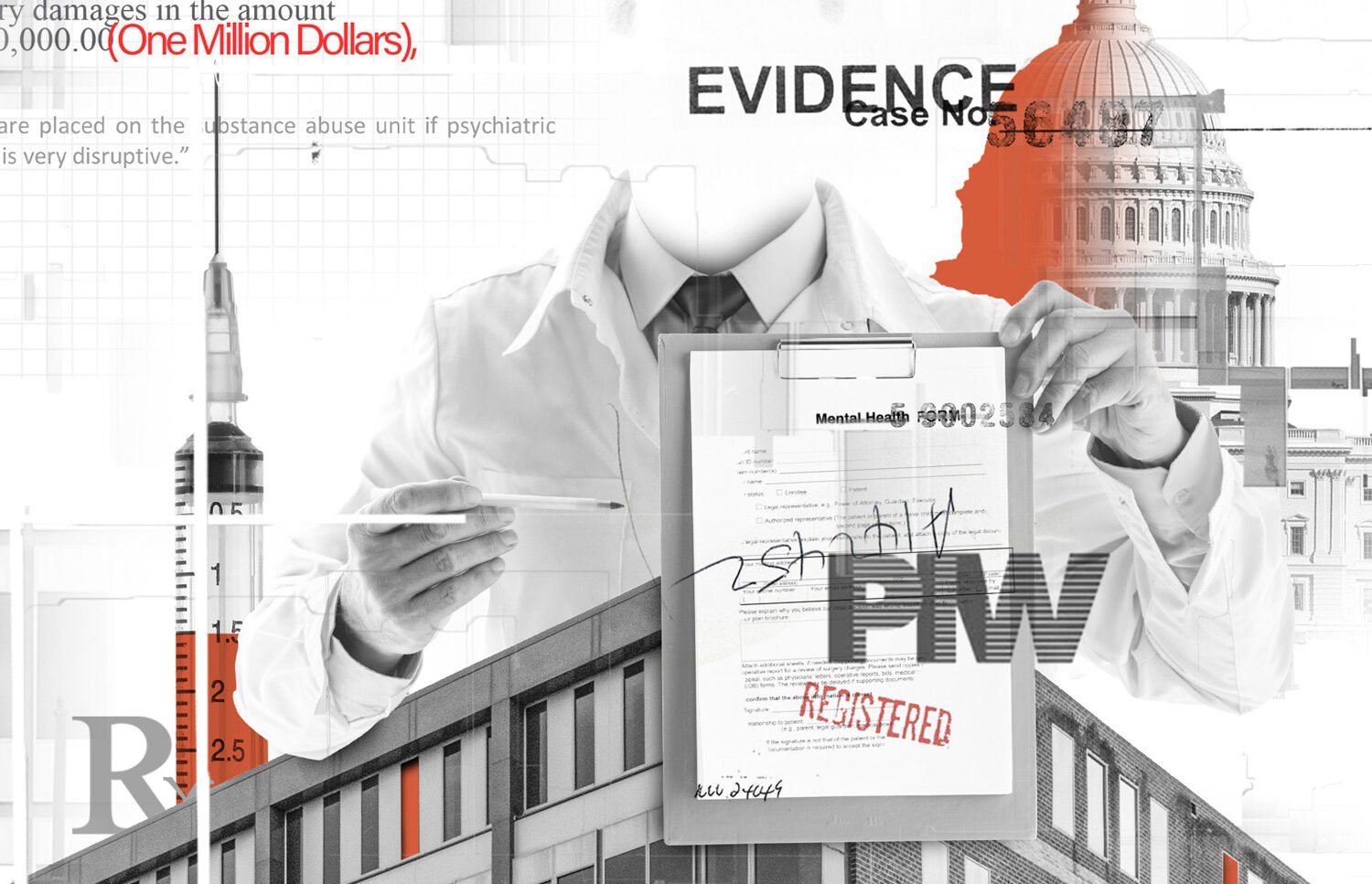“Bus routes are changing. Yes, even yours!”
If you’ve been on a Metrobus recently, you’ve probably heard that announcement playing over the speakers. WMATA has been working toward a major redesign of the DC bus system for more than two years, and the project, called “Better Bus,” goes into effect this Sunday, June 29. Here’s what to know about the changes.
What’s changing?
Every bus route will be renamed. WMATA inherited its seemingly-random bus route names from an old, tangled network of private bus companies in the DMV. Better Bus brings more consistent naming conventions.
The first character in a route name will denote the area it serves:
- “D” (downtown) or “C” (crosstown) for DC
- “A” for Arlington/Alexandria
- “F” for Fairfax City, Fairfax County, and Falls Church
- “M” for Montgomery County
- “P” for Prince George’s County
Names for express or limited-stop routes will end with an “X.”
Some routes are changing. Parts of some routes will no longer be serviced by WMATA, while restructured routes will increase service to other areas, including direct routes between popular destinations.
Some stops will be eliminated. Better Bus is eliminating 527 stops, or about 5 percent of the stops serviced by Metrobus. But for most riders, the eliminations shouldn’t be too much of an inconvenience: WMATA prioritized removing stops that are close together—660 feet apart or less—as well as those with low ridership and a lack of safe pedestrian access. WMATA estimates that 99 percent of residents and jobs currently within a quarter-mile of a bus stop will remain that way. The hope is that consolidating bus stops will make service more dependable and faster.
Some routes will run more frequently. There’ll be 28 routes that run every 20 minutes or less, a 47 percent increase from currently. Many buses will also run more frequently during weekday rush hours and have extended weekend or evening hours.
To see all the changes, check out WMATA’s maps of all the new routes (DC, Maryland, Virginia) and profiles on each individual route (DC, Maryland, Virginia).
WMATA has a tool where you can enter your bus route and see what it’ll be renamed to or, if the route is being restructured, which new routes will cover the same area. (Scroll to the “New Bus Network Tool | Find Your New Route” heading, and enter your current route.)
You can plan your new commute on WMATA’s trip planner. Information on navigation apps like Google Maps and Apple Maps may not immediately update on Sunday, so WMATA’s trip planner is your safest choice for now.
But… why? What’s the reason for all these changes?
WMATA hopes that Better Bus will make service quicker, more reliable, and easier to understand. The changes will also improve transportation access in so-called “Equity Focus Communities,” particularly in Wards 7 and 8.
The changes are based on significant community feedback, including an estimated 45,000 people who gave input on proposed changes during the public comment period.
If you’re emotionally attached to your current bus route, I get it. The 33 bus has (almost) always had my back, and it is a little sad to know I’ll soon be calling it the D80. But I guess we’ll all just have to say our goodbyes on Saturday.
Are there changes to the Metro, too?
WMATA already rolled out some changes—albeit less major than the Better Bus overhaul—to the Metrorail system earlier this week. Starting June 22, they’ve increased Red and Silver Line frequency during weekday rush hours (though you may not have noticed any faster service this week, with the heat slowing down the trains). The Silver Line is also now operating on a dual route, with every other eastbound train splitting off after Stadium-Armory to head toward New Carrollton, instead of Downtown Largo.

